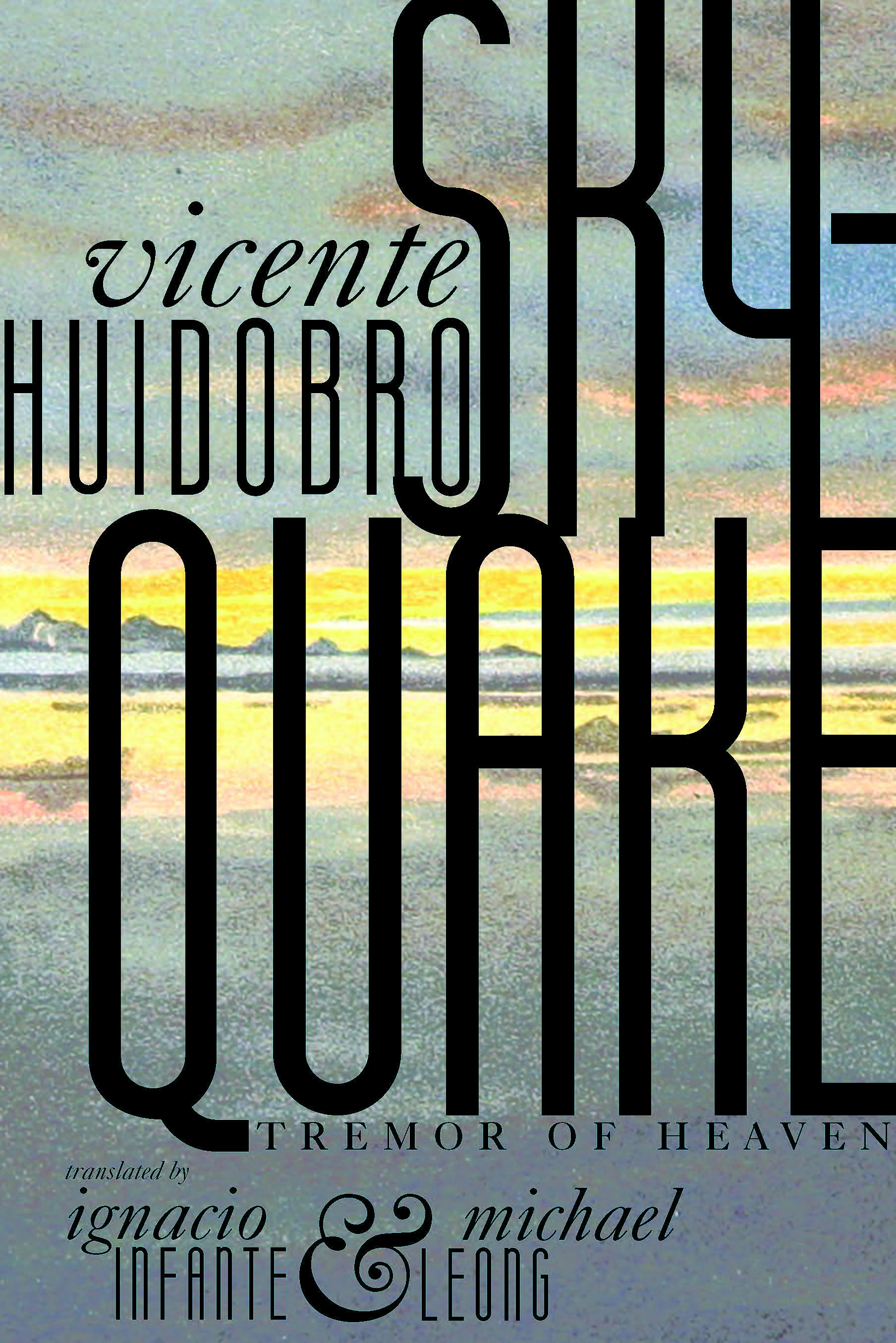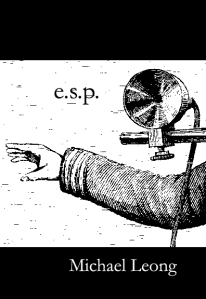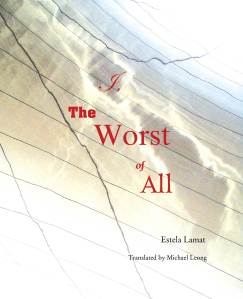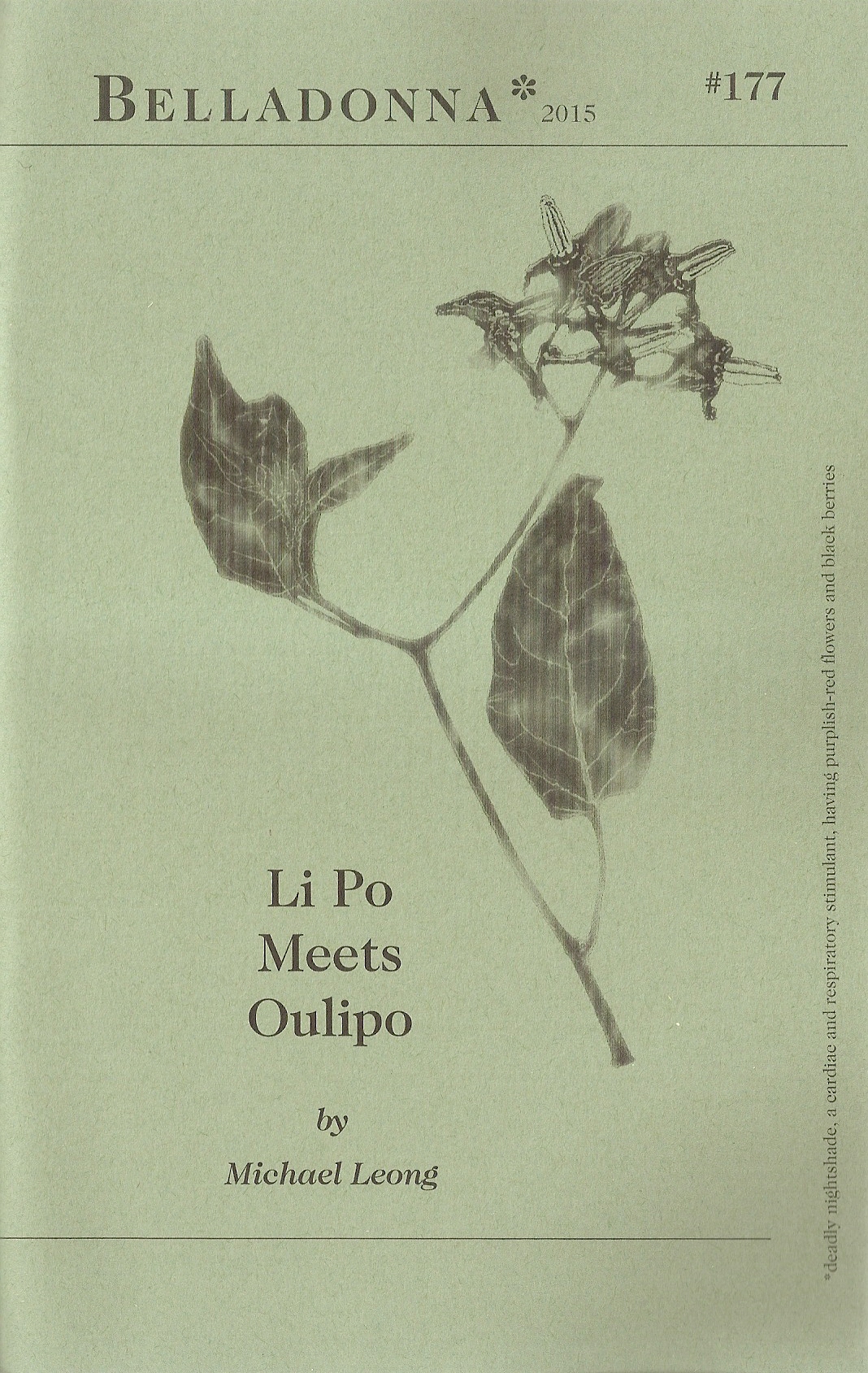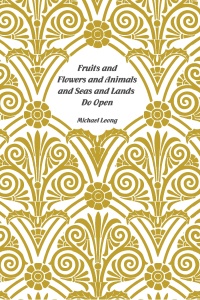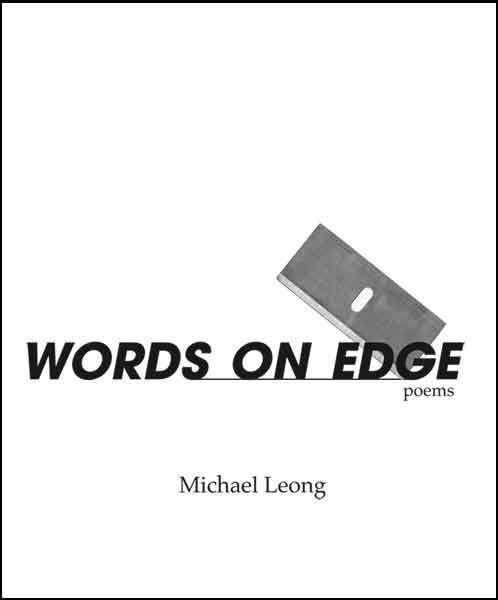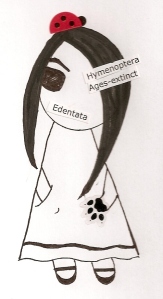Teaching
SAMPLE STUDENT WORK
GRADUATE POETRY WORKSHOP (AENG 515), UNIVERSITY AT ALBANY, SUNY, FALL 2016
“Picturing the Anthropocene, Poetically”
POETRY IN THE AGE OF INFORMATION (AENG 358), UNIVERSITY AT ALBANY, SUNY, SPRING 2016
Hannah Chason-McCarthy, from Honeycomb
“The 3D design I created, entitled ‘Honeycomb,’ considers the emptiness of the atom as it relates to the honeycomb structure…The project attempts to draw a comparison between the honeycomb structure of the 3D printed object and the nearly empty structure of the atom…The creation of the designs for ‘Honeycomb’ is largely conceptual. It is not designed to be read like traditional poetry; it is designed to trigger ideas about the concept of emptiness, as well as the many ways in which technology mirrors naturally occurring structures and mechanisms.”
*
Amber Hall, from Utopia
“I decided to use preexisting text to explore the confines that text, as a medium, puts the reader in. This confined space of a text exists within the words used, the medium it is written or read on, or even in the very shape of the poem or paragraph. This led me to think of how visually impaired people read much differently than people who can see […] I found texts by authors who were either blind themselves or were writing about the subject of blindness […]To explore outside of the traditional confines of text, I decided I would first blacken out the text itself. In doing so, I left the text as a shape or as a silhouette of its original structure. With this, one can either focus on the darkness left by the poem or the white of the page around the silhouette. Then, I took the original text and translated it into braille. This then moves out of the confines of both its original shape and original language. However, unlike the blackened out version, the braille is still able to be read. Then, using the braille, I created different shapes using different methods […] Finally, I converted the text into musical notes using a program. These notes seem to move without order despite how structured the words on the page had seemed in English, braille, or even in the silhouettes or the shapes I created.”
“Growing Blind” by Rainer Maria Rilke (tr. Margarete Münsterberg)
SHE sat, like all the rest of us, at tea.
It seemed at first as if she raised her cup
Not quite as all the others held theirs up.
She smiled: her smile was pitiful to see.And when we rose at last with talk and laughter,
And through the many rooms with idle pace,
As chance would have it, strolled from place to place—
Then I saw her. She slowly followed after,Restrained, like one who must be calm and cool
Because she soon will sing before a crowd;
Upon her happy eyes, without a cloud,
The light fell from outside, as on a pool.She followed slowly, hesitating, shy,
As if some height or bridge must still be passed,
And yet—as if, when that was done, at last
She would no longer walk her way, but fly.
INTRODUCTION TO MULTIMEDIA COMPOSITION, RUTGERS UNIVERSITY, FALL 2013
Mason Bolton, The Alphabetical Anthology of Anxiety & Depression
Nina Guttapalle, “Cafe De Chinitas (After Salvador Dalí)”
Lauren Nester, from Thoughts from Dreams
Alexa Sanniola, from Dance is Silent Poetry
Khaya Dillon-Ramcharita, “Song of the Oyamel Tree”
Kyle Wood, “Brave New World”
COURSE WEB PAGES & ONLINE SYLLABI
ENG 219 – Principles of Literary Study (Poetry), Rutgers University
ENG 209 – Introduction to Multimedia Composition, Rutgers University
















